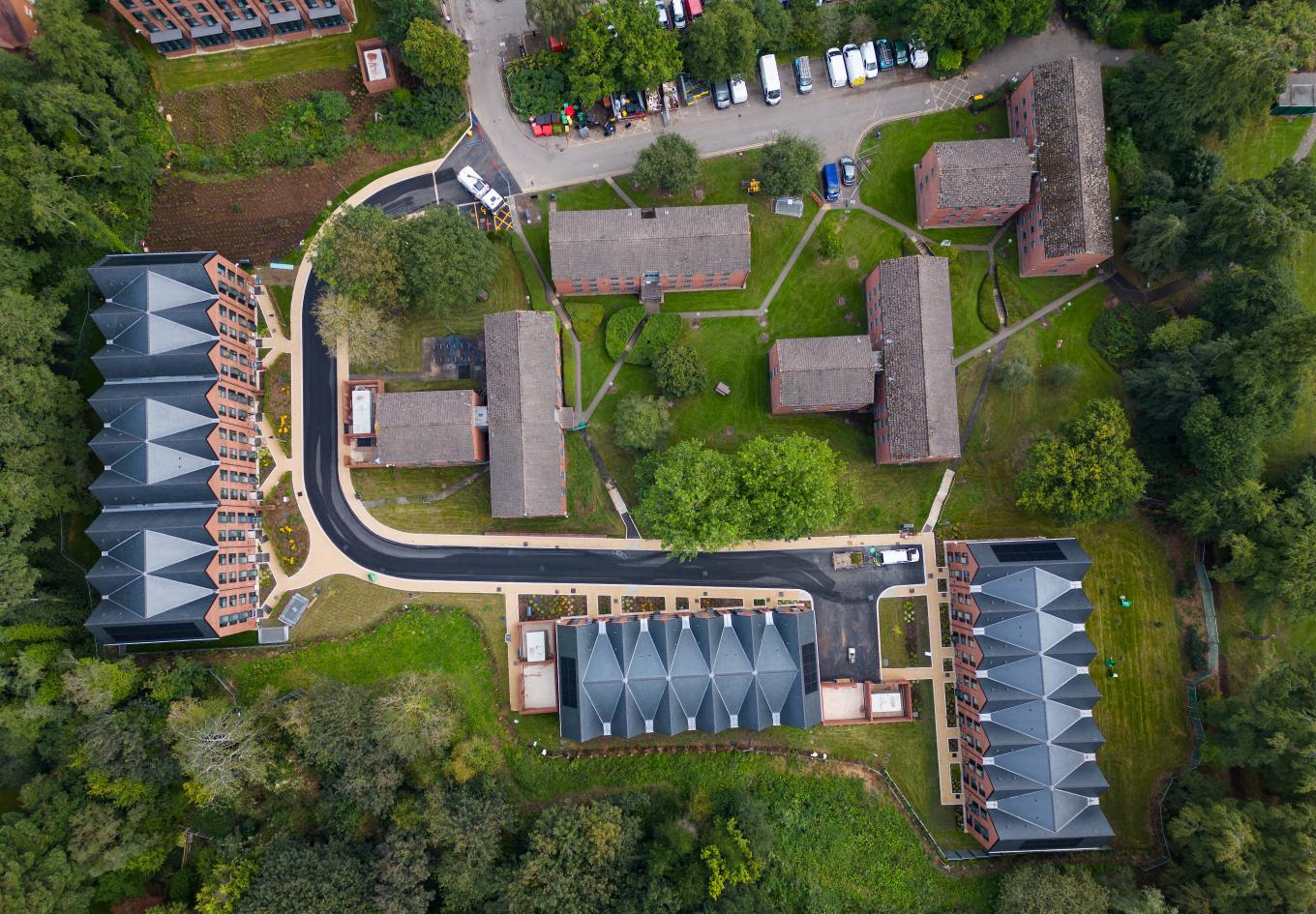How shared risk can reap rewards for higher education estates
In the face of mounting environmental pressure, budget constraints, and aging infrastructure, universities across the UK and beyond are grappling with how best to future-proof their estates.
Jake Fellows, Regional Managing Director at Equans UK & Ireland explores how shared investment partnerships can reap rewards for university estates.
A model at the heart of the most successful university estate transformations, and one we would always recommend to our customers having seen the success first-hand, is the long-term, shared investment partnership.
Put simply, having the university, the contractor, the FM provider, and financier all take equity stakes in a project. When all parties have skin in the game, they are not just delivering a project, they’re building for life.
True collaboration begins well before the first spade hits the ground. The most effective outcomes are achieved when the project scope, design, and delivery strategy are co-developed with the university from day one. This integrated approach ensures that the solution is tailored not only to the current needs of the institution, but also to its long-term vision – whether that’s enabling flexible learning spaces, preserving heritage buildings, or achieving ambitious sustainability targets.
It ensures that decisions made at the design and construction stages are not made in isolation, but with full consideration of the long-term operation and performance of the buildings.
Nowhere is this joined-up thinking more critical than in the link between construction and facilities management. With the FM provider engaged early and invested in the success of the project, design decisions are made with future maintenance, energy efficiency, and user experience in mind. This leads to smarter, more resilient buildings that are cheaper to run and easier to maintain.
We are in the enviable position, as a business, of offering both construction and sustainable FM and as well as taking equity stakes in the vast majority of our higher education projects, we also continue the relationship by taking ownership of the FM over decades long contracts – often 50 plus years.
This demonstrates the long-term commitment and our vested interest in the estate beyond project delivery. One of our most successful examples of this model has been our partnership with the University Birmingham and private finance company, Equitix for the £200m transformation of Pritchatts Park student village, which included 496 new student rooms, 734 refurbished rooms and a new hub and car park.
The partnership essentially became known as ‘Pritchatts Park’ with its own badged identity. This meant students knew us as the Pritchatts Park team, making it feel less like a contractor on site and with Equans still there now delivering the 50-year facilities management contract, it has kept an element of consistency of familiarity for the students.
We have also found this integrated model is particularly well suited to tackling one of the biggest challenges facing universities today: decarbonising their campuses. Many institutions are still reliant on outdated, gas-based energy systems, with sprawling and diverse estates that are difficult to modernise. Yet, with their large populations and continuous energy demands, universities are among the most compelling candidates for low-carbon technologies like heat pumps, district heating, and renewable generation.
By bringing finance, construction, operations, and the university into a single, aligned framework, long-term partnerships de-risk the decarbonisation journey. They enable coordinated investment strategies, backed by data-driven planning and robust performance measurement.
Our early involvement with the University of Birmingham meant we were able to design the Pritchatts Park campus to be powered and heated entirely by electricity, while the refurbished building is now heated by air source heat pumps.
But reducing emissions isn’t just about installing low-carbon technology; it’s about ensuring that systems are optimised, users are engaged, and performance is constantly improved over time – particularly in a post-covid world. That’s only possible when the FM provider is an integrated partner with a vested interest in the success of the project.
We have seen just how effective true collaboration and financial risk can be. Universities don’t just need new buildings – they need new ways of working. Long-term, equity-based partnerships offer a blueprint for delivering complex, sustainable estates that evolve with the needs of their institutions.


